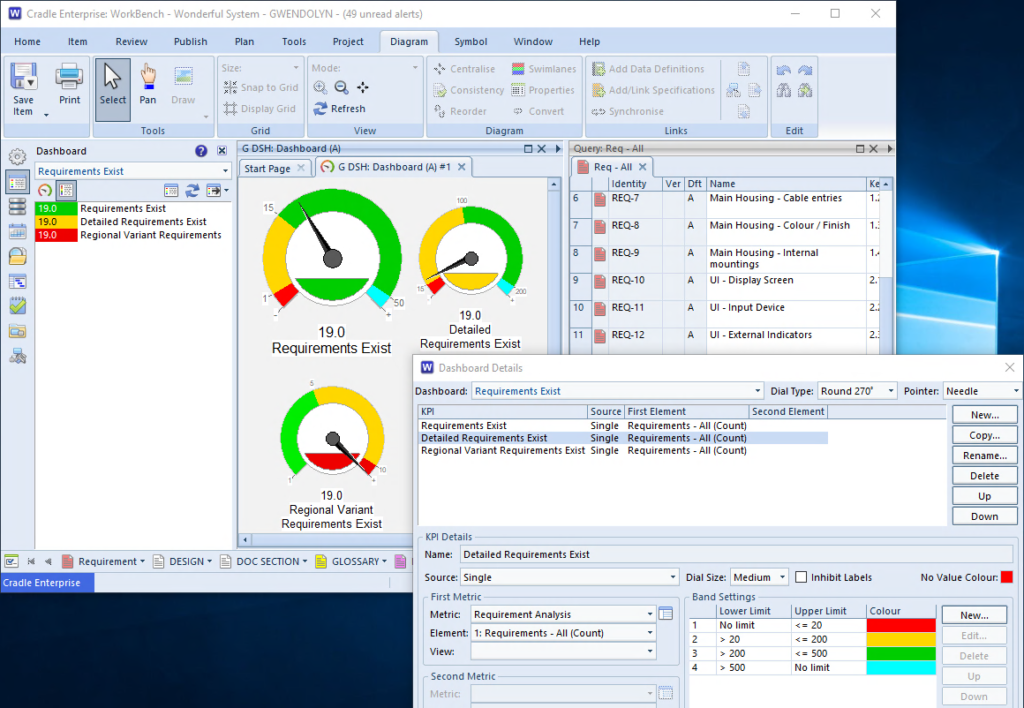Nineteen
A Number

It’s a number cardinally one more than 18, and one less than 20. It is a prime number, which some may class as mysterious . It can be prefixed with twenty, to start a long count down, or denote ‘this’ year (’20’-’19’). Physics considers it one short of being magic in the sequence of nucleons in atomic shells (2, 8, 20, 50). In middle English nynetene derived from the concatenation of nigon + -tīene, but that does not make it magic. It was a political statement in a song by Paul Hardcastle, but it didn’t change the world. It can be represented as XIX, 0x13, 10011 or |||| |||| |||| |||| but that does not make it magic. In the local shepherd counting dialect Cumbric, a Brittonic Celtic language, it is Medder-a-Mimph (4 & 15), which may sound magical, but casts no spell. It is a rather dark grey html color:rgb(19, 19, 19)▉ . Overall, there appears to be little significance to the number 19.
Too Few or Too Many?
However, in terms of Requirements, it could be a magic number. It does depend on your view point.

Our example dashboard shows the same 19 Requirements could be considered Good, Insufficient or Over the top! If our example manufacturer is measuring the number of requirements for their Information Display Unit, they could conceivably be happy with anything over 15 top level user requirements. Nineteen in this case would be considered in the happy zone and for this project a magic number. However, if these were the internal system requirements, experience tells them anything less than 200 is a bit short on detail 19 is certainly not magic. If these are specific regional variations to the product anything more than 10 may mean this is a different product, is suffering requirements creep and not just a variant, a little too much magic.
Conclusion
It is important to know what you are measuring and why. You can’t just say a number of requirements is good, bad or insufficient, until you know the context. Setting the parameter limits correctly, for the data you are trying to capture and analyse, is as important as capturing the data itself.
Sometimes these values have to be based on gut feeling. It’s better if they can be based on experience and foundationally more sound if they can be based on measured past experience. So it’s important to remember, you could have a dashboard show you all green, and your project could still be in a rather brown mire.
We would like you to share your thoughts or experiences on choosing limits, or why nineteen is a magic number. We may include your comments in future updates, so please email social-customer@threesl.com

